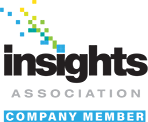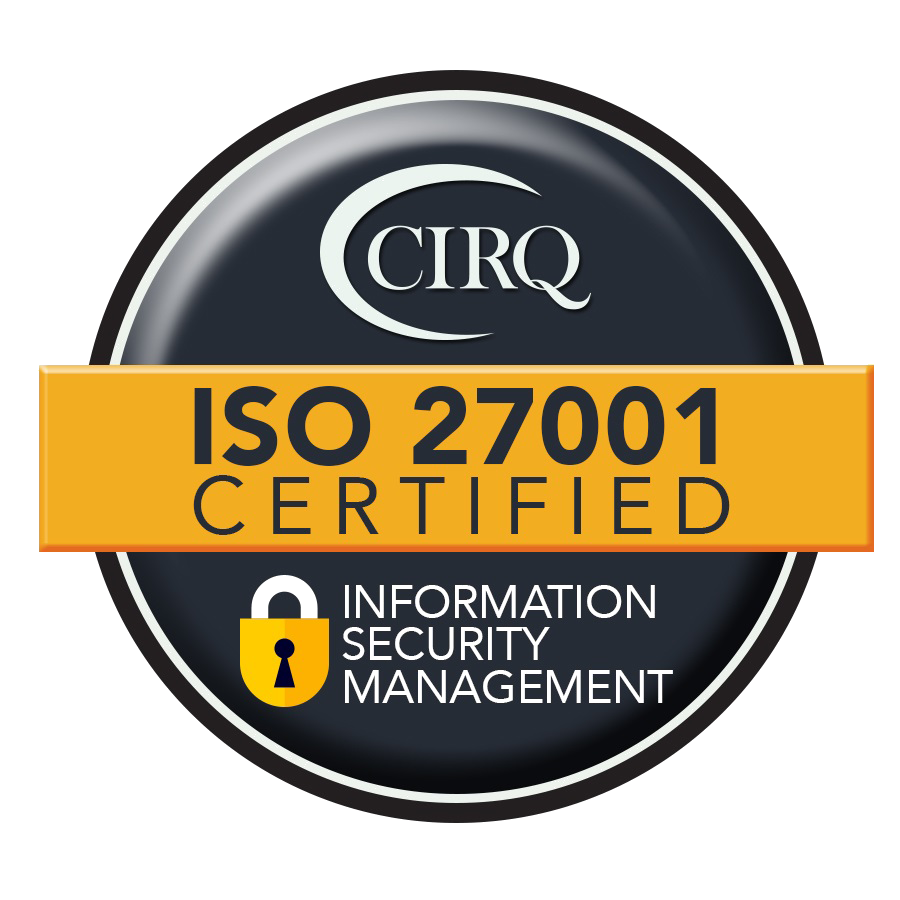Types of Research Studies
While much of marketing research industry tries to fit you neatly into a small number of preconceived categories, The Olinger Group seeks to help client’s answer their business questions, resolve challenges, and anticipate and exploit opportunities rather than offering stale or tired research methods for yesterday’s business needs. No matter what your needs, The Olinger Group will get you the information and interpretation that makes it possible for you to “Get Smart” and stay ahead of the competition.
We offer an array of services for all different types of businesses. Our solutions are customized to each individual client. The following services can be adapted to reflect the situation of your business. Primary research does not change based on the vertical industry or the target population. The below services can be applied for b2b or b2c relationships. Additionally, the services are not necessarily independent of each other. Many services can be combined to create a more “whole” research approach.
Satisfaction
Studies
Satisfaction studies aim to measure the levels of satisfaction, the relationship of satisfaction to perceived importance, and drivers of satisfaction. This research is applied to many different settings and is invaluable to any organization. Determining whether your customers, employees, or members are satisfied, and what they are satisfied with, will allow a company or brand to strengthen itself from the core. Dissatisfaction can be corrected only if it determined and understand by the decision makers.
This may include:
- Brand Satisfaction
- Customer Satisfaction
- Employee Satisfaction
- Member Satisfaction
- Patient Satisfaction
- Problem Detection/Dissatisfaction
- Product Satisfaction
- Psychological/Motivational Research
- Taste Tests


Loyalty and Retention
Studies:
Loyalty studies measure the link of a customer, employee, or member to the brand/product, company, or association. Stronger loyalty can mean less turn-over or brand switching, as well as a greater bond to the overall organization. Companies can discover how a customer, employee, or member feels in relation to the company, as well as the strength of the bond. Furthermore, factors driving loyalty can be identified and worked on to increase loyalty.
This may include:
- Brand Loyalty
- Customer Loyalty
- Employee Loyalty
- Member Loyalty
- Psychological/Motivation Research
Product and Services Optimization
Studies:
This type of research is focused on getting the most bang for your buck. Connected to satisfaction and loyalty research, optimization studies discover what the best-case scenario is for a business. This can be applied to brands or products, where optimization discovers which features consumers are most satisfied with, and which they find most important. Additionally, encouraging the drivers of loyalty, a brand will increase the connection between itself and the consumer. In a final step, pricing could be optimized to find the best price consumers are willing to pay for a particular set of features.
- Brand Equity
- Price Optimization
Pricing and Price Sensitivity:
How much does your market expect to pay and how much will your market bear are distinct questions and part of the “optimization” problem confronting every seller. Few products or services are so concrete that pricing is a simple interval estimation. Price sensitivity identifies the changing nature of both offering price and selling price in the context of the trade offs buyers must make in a marketplace of multiple and complex offerings. Pricing and price sensitivity research puts you inside the heads of your customers before you and they even enter the marketplace. Making the right offering at the right price means you can anticipate sales, minimize risk, and maximize profit.
Content Analysis Research:
Research can be done to test the content, optimize the content, test the effectiveness, AIU. We can do any form of content (online, website, copy, advertising, print, etc.).


Attitude, Image, and Usage
Studies:
This research allows a company to see their business from the eye of the consumer or buyer. It is in a way testing the effectiveness of a company, brand, advertising campaign, etc. By determining users’ attitude toward the company/brand, the way they perceive the company/brand (image), and how/how frequently they use the company/brand, we can uncover motivations and drivers of usage. It is a very valuable type of research for any business…
This may include:
- Advertising Effectiveness
- Brand Identity
- Concept Testing?
- Corporate Image/Identity Research
- Benchmark Studies
- Branding/Identity Testing
- Hospital AIU
Modeling and Predictive Research
This research is used to predict attentiveness, actual consumption, satisfaction, and forecast trends. Using modeling/simulation techniques, optimization research can be designed to uncover the right product, price, or concept.
This may include:

Tracking Studies:
Tracking studies are a very important type of research. They allow a company to see how it changes over time. Whether this is how its product changes, or its customers, or how loyalty and satisfaction are developed over time.
- This may include:
- Advertising Effectiveness
- Awareness Studies
- Benchmark
- Satisfaction/Loyalty Studies
Market Segmentation/Positioning:
This research allows a company to uncover where it falls in the market, as well as where it ranks among competitors. It is valuable because it allows the company to properly target itself to the best/most receptive audience, as well as gain understanding and leverage of how to react to its competitors.
This may include:
- Brand Positioning
- Branding/Identity Testing
- Concept Positioning


Idea Generation:
This type of research helps identify potential concepts and develop them. We can help brainstorm topics and ideas for a new product, brand, concept, or we can test and develop newly created/designed ideas.
This may include:
- Name Development
- New Concept Testing
- New Facility Testing
- New Product Testing
- New Venture Analysis
- Package Development
- Promotion Development
Quality of Life
Studies:
This type of research is frequently used in conjunction with disease management and healthcare services. We have extensive experience in measuring quality of life for different companies. This type of research tends to use a standardized questionnaire that can be compared to national averages or can be tracked over time



